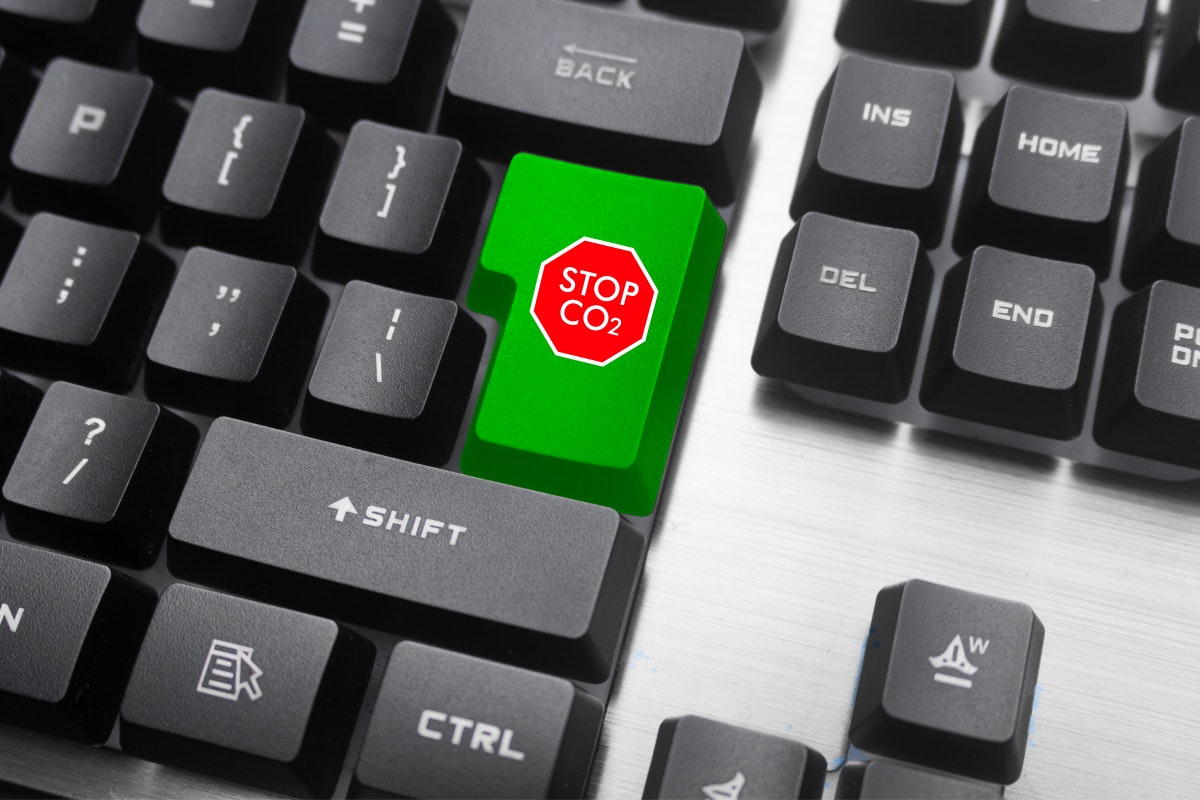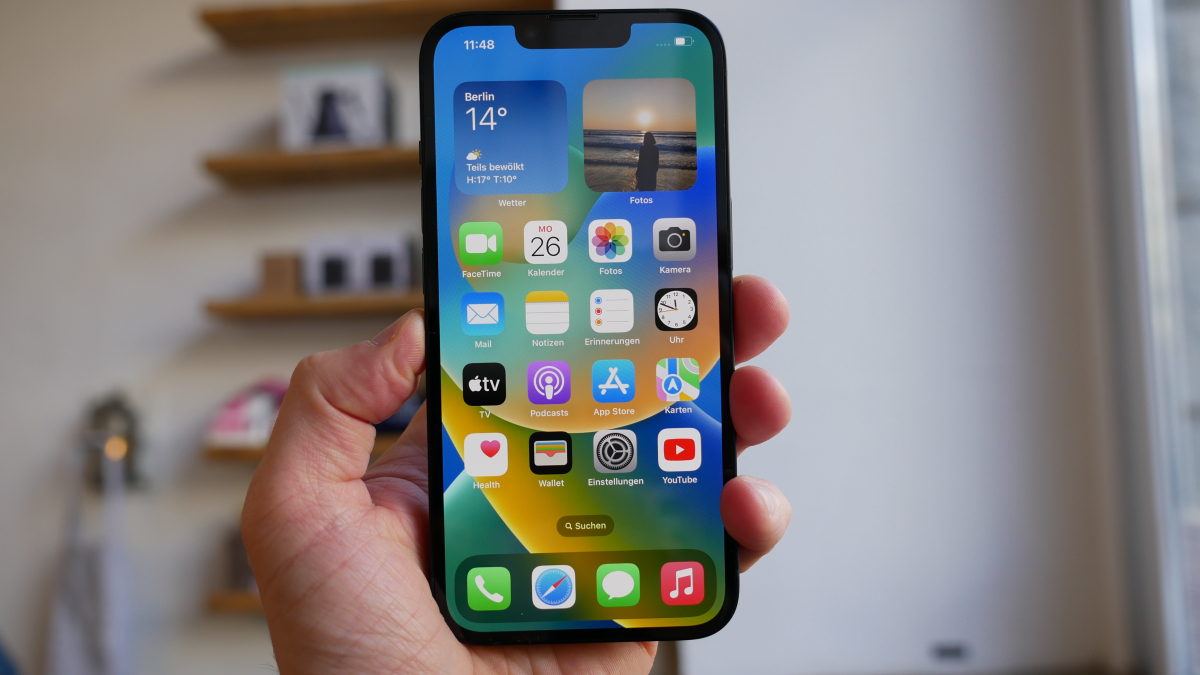Video off! This way you work more climate-friendly from the home office
No time right now?
In lockdown, the data traffic increases enormously. And so the CO2 emissions from video conferencing, streaming and the like come into focus. Researchers explain how countermeasures can be taken.
Meetings, family get-togethers, games evenings with friends – all of this has been taking place primarily via video conference for almost a year. And those who push the lockdown blues will distract themselves with an evening Netflix marathon. A side effect of this development is the debate about the environmental impact of streaming and Co. But how big is the ecological footprint really? And how can you counteract this?
The numbers are initially staggering: 32 exabytes of data traffic – i.e. 32 trillion bytes – were measured in 2020 at DE-CIX, the world’s largest Internet node in Frankfurt, according to its own statements. That corresponds to an eight million year video call, they say. The data volumes have increased, particularly in the home office, streaming and video games sectors. And in March 2020 a record was recorded with nine terabits of data throughput per second – which was exceeded again in November with ten terabits per second. That has consequences.
Contents
Worldwide internet usage results in additional energy consumption
In a model study, US researchers have calculated that global Internet use at home has increased by 15 to 40 percent in the wake of the corona pandemic. The associated additional energy consumption in the data centers and for data transmission is responsible for up to 3.2 million additional tons of CO2 equivalents, according to the study “The overlooked environmental footprint of increasing Internet use” published in January. That is more than a country like Montenegro emits per year (as of 2016).
If you have a bad ecological conscience at the series marathon, the authors have specific tips ready. If you were to stream videos in HD quality for around four hours a day, that would correspond to a monthly emission of 53 kilograms of CO2 equivalents. If you switch from HD to standard quality, push this value to 2.5 kilograms – and save about as much as a 150 kilometer drive would make.
The study also has figures for daily video conferences. For example, if you have 15 meetings of one hour per week, you get a monthly output of 9.4 kg. With the video switched off, this value sinks to 377 grams. The emissions saved are roughly comparable to those that would arise if a smartphone was charged every night for over three years.
It is important that this is a global mean. However, it is difficult to draw conclusions about individual countries such as Germany, says Renee Obringer, the environmental engineer involved in the study. “It may be that you are connected to a server in China or the USA when you watch a video online in Berlin.” However, it makes a difference how the electricity mix is put together in individual countries and how modern the transmission systems are.
Transmission routes play a central role
According to the Federal Environment Agency (UBA), the transmission routes in particular are central. A video stream in HD quality via fiber optic cable is around 50 times more efficient with just under two grams of CO2 emissions per hour than transmission via UMTS, i.e. the G3 data network. “With fiber optics, there are hardly any losses on the way,” explains Marina Köhn. She heads the UBA’s “Green Cloud Computing” research project in cooperation with Fraunhofer IZM. This is due to the fact that larger amounts of data can be transmitted via fiber optics over a greater distance without amplification. The share of the data centers in the CO2 balance of video streaming is “surprisingly low” compared to transmission.
“Compared to many model-based studies, our calculation method is based on real data from a data center,” says Köhn, explaining the UBA study approach. So far, this has only been possible with video streaming providers. Results are to be published in the coming weeks. A study is also ongoing on the subject of video conferences – but data still has to be collected here. In general, however, one could say: In order to save CO2, it is always a good idea to lower the video quality.
But despite the figures on the energy consumption of video streaming: The conferences are definitely more climate-friendly than long journeys. “Real meetings might be more efficient within a radius of ten kilometers,” Köhn estimates. But as soon as longer journeys or even flights are due, the video conference probably has an advantage. dpa


